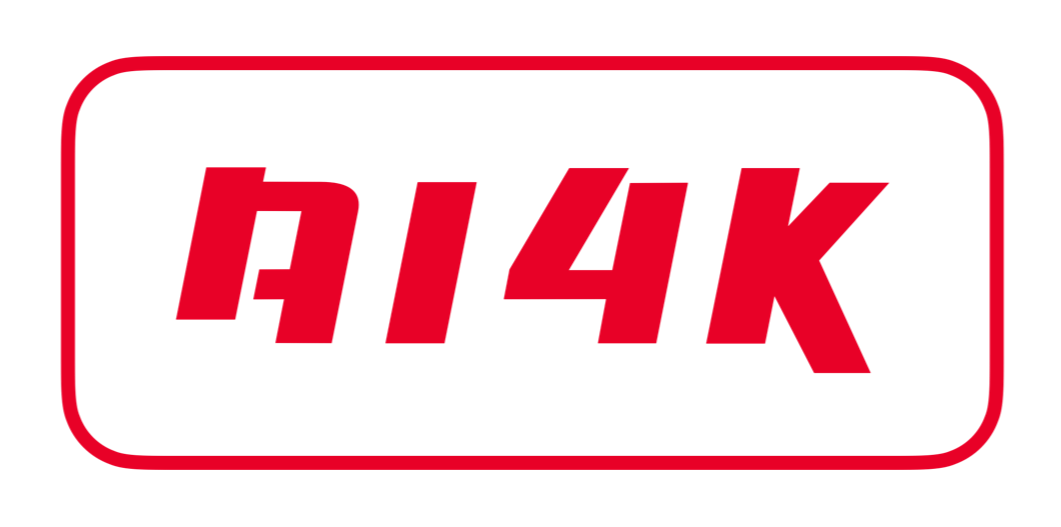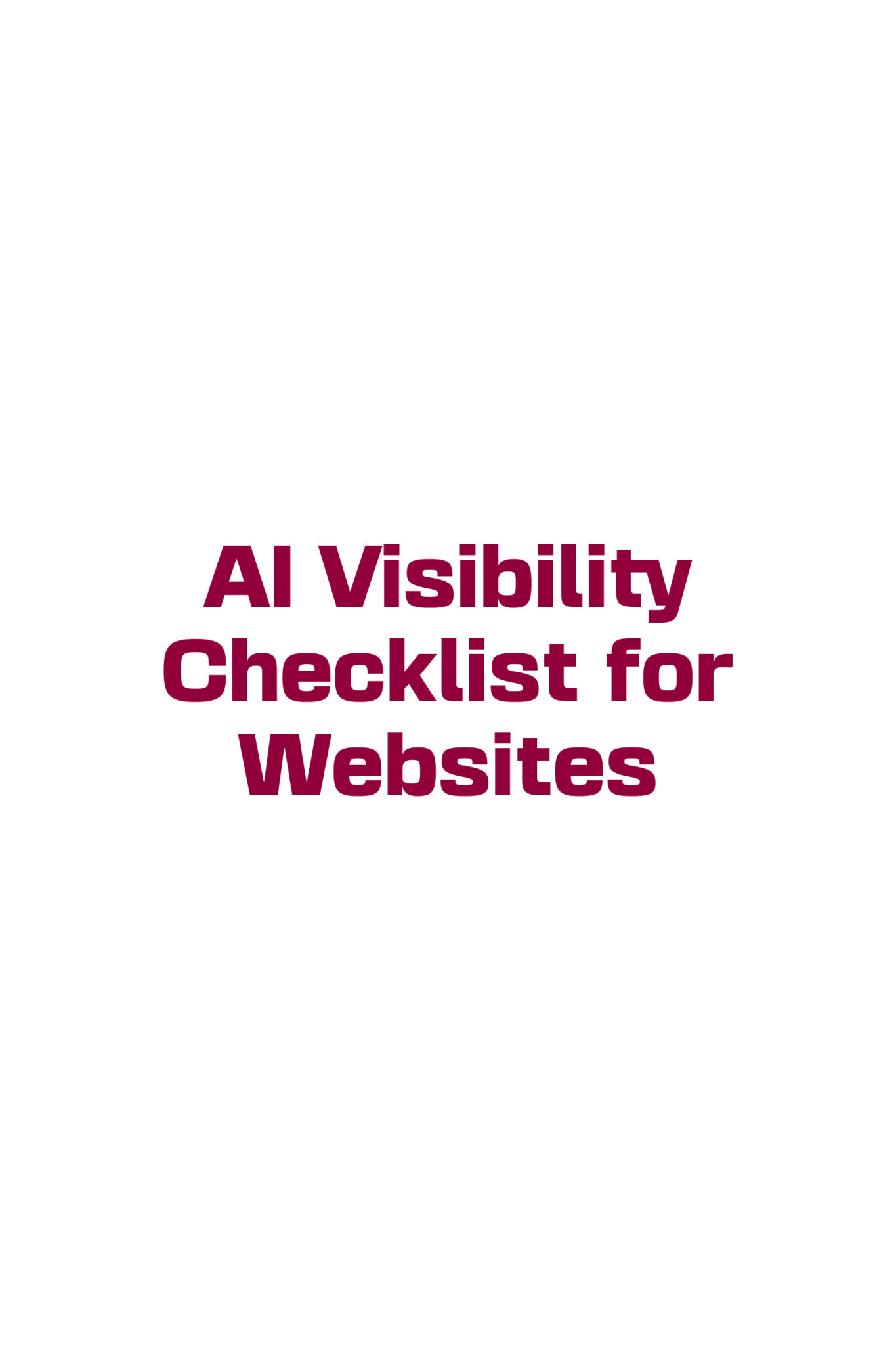How to Make Your Website Content AI-Friendly
As AI continues to shape how people find and interact with information online, your website content needs to do more than rank well in search—it must also be understood and referenced by AI tools.
Here’s how to optimize your content for both users and large language models (LLMs):
Structure Content with Clear Hierarchy
Organize your pages using a logical structure. Apply proper heading levels (H1, H2, H3) to define sections and sub-sections, making it easier for both users and AI models to follow the flow and purpose of your content.
Use Consistent, Descriptive Headings
Write headings that match the section’s content and use a consistent format throughout. Well-labeled sections help AI understand the context, improving how your content is interpreted and cited.
Apply Semantic HTML
Use semantic elements such as <article>, <section>, <aside>, and <nav> to reinforce your page structure. These tags provide extra context, helping AI distinguish between content types and importance.
Keep Paragraphs Short and Focused
Stick to one idea per paragraph. Clear, concise paragraphs make it easier for AI models to parse and retrieve relevant information from your page.
Use Lists to Highlight Key Points
Bullet or numbered lists make complex information easier to scan—for both readers and AI systems. They also improve the chances of your content appearing in featured responses.
Add Relevant Internal and External Links
Use links that add value and context. They not only support SEO but also help AI understand how different topics on your site relate to each other.
Prioritize Readability
Make sure your typography supports easy reading: proper font sizes, good contrast, and clean spacing. The more readable your content, the more effectively it can be processed by AI tools and appreciated by users.
Build Authority, Not Just Traffic
AI highlights sources based on relevance, credibility, and clarity—not just keywords. Focus on creating expert content, keeping it consistent across platforms, and using structured data to signal authority.
Make Content AI-Ready
AI doesn’t “browse” websites—it ingests structured, clear data. To support this:
- Use clear headings and subheadings
- Include FAQ-style content
- Add Schema markup and JSON-LD for products, reviews, and events
- Think Like Your Users, Not Just Search Engines
Ask: What would someone ask an AI assistant about my business or service? Format your content to answer those queries clearly, so AI can confidently use your content in its responses.
Plan for AI Integration
Your content might soon be accessed through AI tools, not just browsers. Stay prepared by:
- Offering content APIs or data feeds
- Listing your brand in AI-focused directories or platforms
- Clarifying what niche, product, or problem your business solves
- Monitor AI Mentions
Monitor AI Mentions
Track how your brand or pages are referenced in AI-generated content. Tools that monitor these mentions will become just as important as traditional SEO analytics.
Content that’s clear, structured, and trustworthy stands a better chance of being referenced by AI—and found by the right audience.





